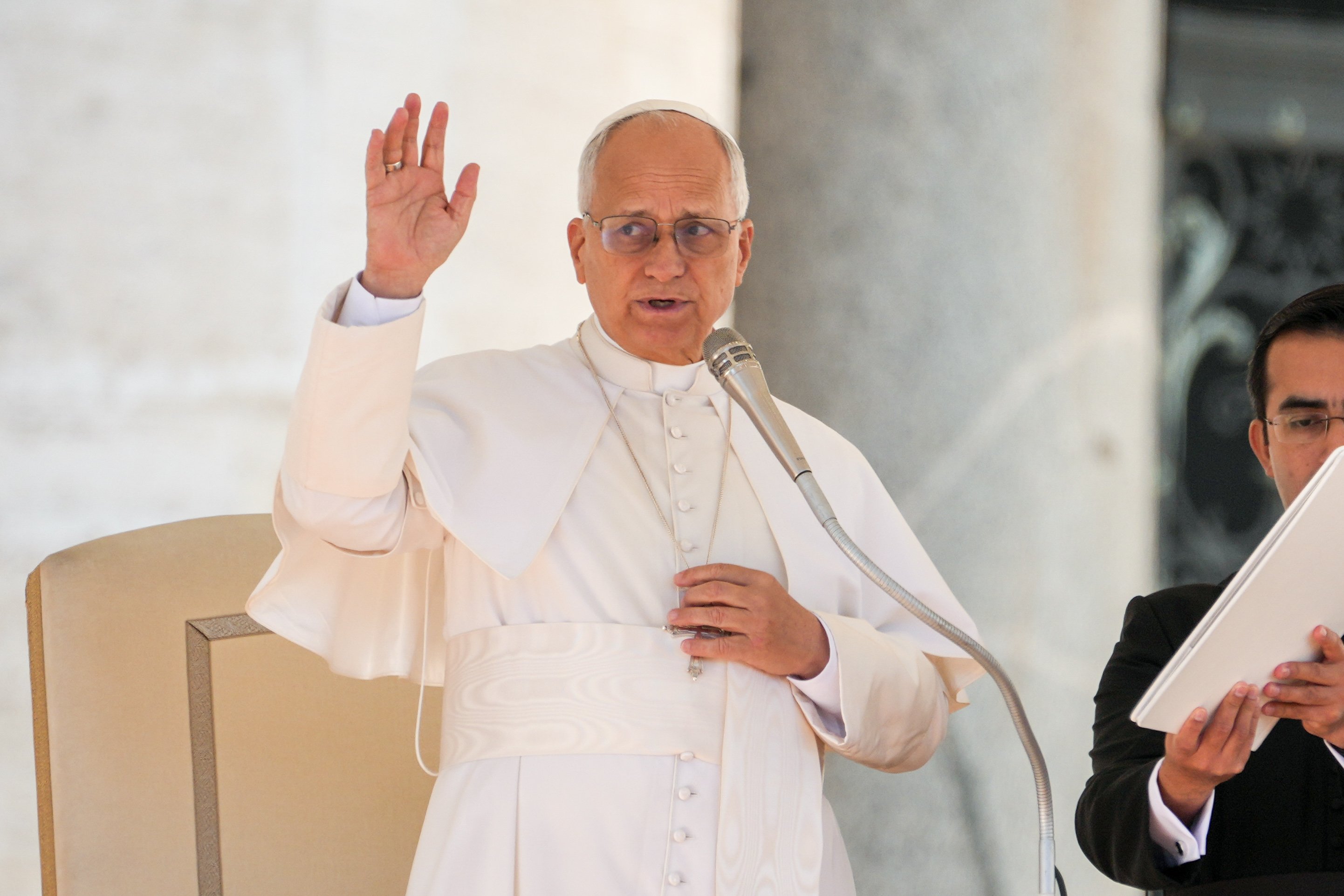April 6, 2018 at 1:53 p.m.
WORD OF FAITH
His resurrection changes us
'[Simon Peter] saw the linen wrappings lying there, and the cloth that had been on Jesus' head....Then the other disciple also went in, and he saw and believed...' -- John 20:7-8
Every grade-school morning for eight years, I stared at a stained-glass window depicting Jesus' resurrection, just above my church's altar on the "epistle side." The scene was obviously from Matthew's narrative of the event: Guards were strewn over the ground as the risen Jesus came majestically out of the tomb.
Of course, at that time I didn't know that no one in the Church had the nerve to describe Jesus' actual resurrection for hundreds of years after the event. Our evangelists narrate only the discovery of an empty tomb, messages from angels and the risen Jesus' later appearances. Technically, we have no "resurrection narratives." Our sacred authors don't describe Jesus' resurrection because they believed it really was a resurrection, not a resuscitation. Many of Jesus' followers today aren't familiar with such a distinction. When someone is resuscitated, they return from the dead pretty much as the same person.
Risen, not resuscitated
That doesn't happen when someone rises from the dead. As Paul reminded his communities (I Corinthians 5:6b-8), a risen person morphs into a "new creation," freed from all limits that restrict humans. The Apostle once pointed out to his Galatian Christians that the risen Jesus is no longer a Jew or Gentile, slave or free, male or female. He's simply "other" from anyone we've ever encountered.
How do you describe such a person? The late Jesuit Scripture scholar Rev. Frank Cleary, SJ, was convinced that if someone set up a camcorder outside Jesus' tomb on Easter Sunday morning, the recorded tape would simply show just a tomb on Easter Sunday morning. The risen Jesus can only be experienced by those who do what's necessary to surface such an individual.
That seems to be why, in Sunday's Acts (10:34a,37-43) passage, Luke has Peter point out, "This man God raised on the third day and granted that He be visible, not to all the people, but to us, the witnesses chosen by God in advance." Jesus' resurrection is obviously a matter of faith, an event only people of faith can perceive.
Gradual change
No wonder Paul consistently reminds his communities that they, like the historical Jesus' original followers, must experience a "metanoia:" a complete reversal of their value systems.
"Clear out the old yeast," he commands his Corinthian Christians, "so that you may become a fresh batch of dough, inasmuch as you are unleavened." Jesus' resurrection not only transformed Him; it also transforms us.
The three participants in John's empty-tomb passage (John 20:1-9) provide a classic example of the gradualness of this metanoia. At the point of Sunday's passage, Mary of Magdala, Simon Peter and the beloved disciple seem to be looking for just a "removed" Jesus: "They have taken the Lord from the tomb," Mary reports, "and we don't know where they've put Him."
Though all three eventually come to believe, John mentions that "they did not yet understand the Scripture that He had to rise from the dead."
Is it possible that, on this day of all days, some of us still don't understand the Scripture that we also must rise from the dead?[[In-content Ad]]
SOCIAL MEDIA
OSV NEWS
- US bishops celebrate Mass to ‘beg the Holy Spirit to inspire’ their fall assembly
- As deal to end shutdown advances, Catholic groups urge action on health insurance costs
- Texans vote overwhelmingly to enshrine parental rights in state constitution
- Supreme Court declines Kim Davis case seeking to overturn same-sex marriage ruling
- ‘Do you love Jesus more than your political opinion?’: Bishop Tyson says the church faces a test
- Vatican says Swiss Guards investigating alleged antisemitic gesture
- Bishop: Survival of Christian communities in Nigeria depends on security, justice
- Pope asks for extra care when using AI in medicine
- Pope holds long meeting with Belgian abuse survivors
- Delegation of top prelates, lay activists gives Brazil church strong presence at COP30







Comments:
You must login to comment.